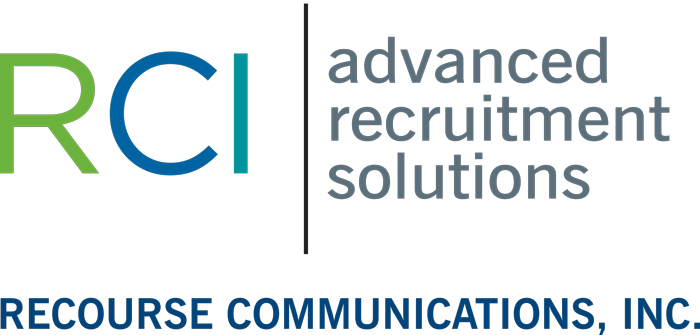Clinical Laboratory Phlebotomist
Job Summary:
Under supervision of Laboratory Supervisor and/or on duty Lead Medical Technologist, the Clinical Laboratory Phlebotomist withdraws blood, performs point-of-care tests, and handles patient care while following safety protocols.
Duties and Responsibilities:
- Adhere to HIPPA policy and maintain patient confidentiality.
- Communicate and assist patients in a professional and respectful manner.
- Communicate with colleagues, supervisors, medical and nursing staff, and other employees with professional manners.
- Draw blood from veins by vacuum tube, syringe, or butterfly venipuncture methods.
- Follow the safety procedures to ensure patient and employee safety (dispose of blood or other biohazard fluids or tissue, in accordance with applicable laws, standards, or policies.)
- Read, comprehend, and follow Laboratory Standard Operating Procedures (SOP) and Policies, as well as commercial lab specimen requirements.
- Properly identify patients and verify that all specimens from the patient are labeled with at least two unique identifiers (i.e., patient last name, first name; Date of Birth and/or Medical Record Number)
- Ensure that specimens are properly managed so as not to compromise integrity. This includes specimen labeling, proper requisition preparation, specimen preparation (centrifugation, specimen separation and storage at proper temperature)
- Organization of specimens for send-out and in-house testing.
- Keeping the POCT instruments and testing areas clean and organized.
- Maintain testing records such as logs and binders with proper initials and signatures.
- Timely inform Lab Supervisor and/or Lead Medical Technologist of instrument malfunction or other issues that may occur.
- Maintain supplies and inventory.
- Perform additional duties as may be required.
Qualifications:
- High school diploma or equivalent required.
- Certificate or diploma in Phlebotomy or Paramedic Certification (or equivalent).
- Phlebotomy experience preferred.
- Ability to communicate effectively with patients, staff, and others.
- Ability to demonstrate compassion and caring in dealing with patients.
- Ability to use a computer application to manage copious amounts of information, including inputting data, and retrieving specific records.
Working Conditions:
- Environmentally controlled laboratory and medical office environment.
- Challenging environment with occasional high pressure or emergent situations.
- Exposure to bloodborne pathogens, bodily fluids containing infectious specimens, communicable diseases, toxic substances, ionizing radiation, medicinal preparations, and other conditions common to a laboratory and medical office environment.
- May wear Personal Protective Equipment (PPE) such as gloves or a mask.
- Climbing. Ascending or descending ladders, stairs, scaffolding, ramps, poles, and the like, using feet and legs and/or hands and arms. Body agility is emphasized. This factor is important if the amount and kind of climbing required exceeds that required for ordinary locomotion.
- Balancing. Maintaining body equilibrium to prevent falling and walking, standing, or crouching on narrow, slippery, or erratically moving surfaces. This factor is important if the amount of balancing exceeds that needed for ordinary locomotion and maintenance of body equilibrium.
- Bending body downward and forward by bending spine at the waist. This factor is important if it occurs to a considerable degree and requires full motion of the lower extremities and back muscles.
- Reaching. Extending hand(s) and arm(s) in any direction.
- Standing. Particularly for sustained periods of time.
- Walking. Moving about on foot to accomplish tasks, particularly for long distances or moving from one work site to another.
- Pushing. Using upper extremities to press against something with steady force to thrust forward, downward, or outward.
- Pulling. Using upper extremities to exert force to draw, haul or tug objects in a sustained motion.
- Lifting. Raising objects from a lower to a higher position or moving objects horizontally from position-to-position. This factor is important if it occurs to a considerable degree and requires substantial use of upper extremities and back muscles.
- Talking. Expressing or exchanging ideas by means of the spoken word. Those activities in which they must convey detailed or important spoken instructions to other workers accurately, loudly, or quickly.
- Hearing. Perceiving the nature of sounds at normal speaking levels with or without correction. Ability to receive detailed information through oral communication.
- Repetitive motion. Substantial movements (motions) of the wrists, hands, and/or fingers.
We are an Equal Opportunity Employer


